I am a lover of words, guitar, and nature, and a teacher of writing who is fascinated by the connections we discover from being curious enough to notice.
On Living and Dying In Community
I walked as far around the massive form as possible. A rutted hole of encrusted earth had created a barrier against further passage. Exposed roots descended deep into the soil. How old could that tree have been? Without rings to count, I would only be guessing, but I could see a life story in spirals of gnarled bark and a trunk too wide to wrap my arms around. I speculated that the tree had followed a natural course of death: the elements, age, and disease.
Insects swarmed around my sweating head. Their buzzing was the only nearby sound. No other walkers in sight, I took off the mask that had fogged my glasses. Here, off the well-traveled path, deep in the interior of the western suburb of Lisle and Morton Arboretum, and alone, I could breathe. My fears of the last six months of contagion or death could subside, if only briefly. As I eased my aging bones to the ground to get a closer look at the tree’s final resting place, a damp, chalky scent filled my nostrils, excavating memories of childhood neighborhoods. Like this tree, many Chicago neighborhoods I had lived in were dead, too, lost to decaying houses; urban blight; poverty; and its counterpart, crime. Unlike this tree, which was still anchored to its foundation, my former neighborhoods were nothing but weeds breaking through crumbling concrete and broken glass.
Glass and promises: both broken. In all truth, promises had never been made. The fundamental rights of life and liberty for all this country’s citizens had been a fraud for people like me. Five generations after my ancestors had been forcibly dragged from Africa through the Middle Passage to America, I am still strangled by systemic inequality, displacement, and hatred, deeply-rooted diseases that continue to ravage this country. But, I am not unaccustomed to hostile elements. They are part of the human environmental package.
I am also neither a foreign nor an invasive species, contrary to the beliefs of some. Like all of nature, I belong. In this complicated web of natural and human organisms—rooted, unrooted, living, dying, and dead—I am integral to the entire ecosystem. My interactions with all the parts, and all the parts’ interactions with me make up a whole that cannot survive or thrive without each other. In this symbiotic kinship, I have created and developed the power to adapt and persevere in extreme environments.
When I was in college, the big, philosophical question students pondered and argued about was: “If a tree falls in the forest, but there’s no one around to hear it crash, does it make a sound?” Most of my friends were pretty sure the tree didn’t make a sound. But, it seemed to me their response focused on the human’s perspective, rather than on the tree’s. If the focus had been shifted to the tree, the answer would have been obvious. The fallen tree definitely makes a sound. That sound ripples through the entire forest, alerting every creature that something is not right and that danger is in the wind for all the creatures in the forest community. Sounds of danger also ripple through the human community, alerting us that we need each other to withstand the hostile environments. When I walk through Morton Arboretum and see the trees growing in stands, I think of healthy human communities. Healthy human communities stand together. They can weather all kinds of harsh environments. They can grow deep roots that benefit the entire community. More and more these days, however, both natural and human trees are standing alone. And, they are crashing to the ground. If no one will hear them fall, danger is in the wind. The Earth community will die.














sue
I absolutely enjoyed reading your story. So inspirational… what a peaceful soul
Linda Elaine
Thank you!